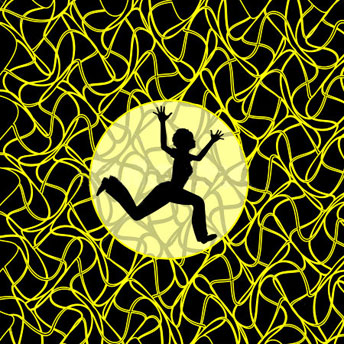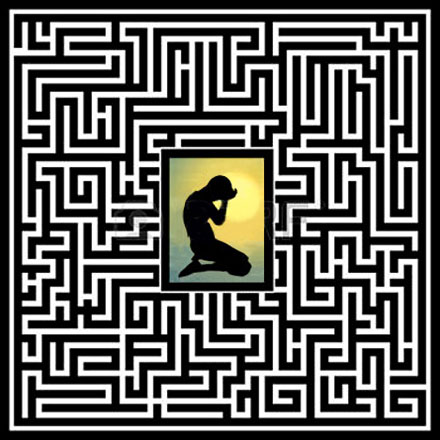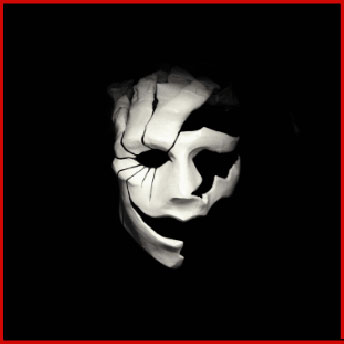 Bipolar disorder has been talked about a lot. It has received vast media coverage and most individuals have at least a general idea of what it is. Bipolar disorder has been talked about a lot. It has received vast media coverage and most individuals have at least a general idea of what it is.
Bipolar disorder makes an individual switch between two main moods: mania (emotions like happiness and anger) and depression (emotions like sadness and guilt).
Unlike the media interpretation, Bipolar disorder’s mood swings actually take a long time.
Each swing lasts about a week on average, with a few days’ transition in between.
Bipolar has been known to cause psychosis in some |
|
 patients, but for the most part it manifests in irrational actions, heightened emotions, and lack of sleep during mania; and tiredness, aches, and lethargy during depression. patients, but for the most part it manifests in irrational actions, heightened emotions, and lack of sleep during mania; and tiredness, aches, and lethargy during depression.
Patients often have very little self control and are at the mercy of their moods.
The symptoms of mania phase of bipolar disorder are :
Excessive excited
Easily offended so easily upset
Feeling self very important
Feeling rich or have more ability than others
Full of ideas and a new spirit
Quickly move from one idea to another idea
Increased sexual appetite
Very active and moving fast
Easy to throw criticism of others
Waste of money and on other time very stingy
Very excited, wakeful, as if 1 day 24 hours is not enough
When inactive (rest-time), starts to feel the body pain |
 Borderline Personality Disorder Borderline Personality Disorder
With borderline personality disorder, a person may have a severely distorted self-image and feel worthless and fundamentally flawed. Anger, impulsiveness, and frequent mood swings may push others away, even though they may desire to have loving and lasting relationships.
Signs and symptoms of borderline personality disorder may include:
Impulsive and risky behavior, such as risky driving, unsafe love-making, gambling sprees, or illegal drug use
Awareness of destructive behavior, including self-injury, while often feeling unable to change it
Wide mood swings
Short but intense episodes of anxiety or depression
Inappropriate anger and antagonistic behavior, sometimes escalating into physical fights
Difficulty controlling emotions or impulses
Suicidal behavior
Feeling misunderstood, neglected, alone, empty, or hopeless
Fear of being alone
Feelings of self-hate and/or self-loathing
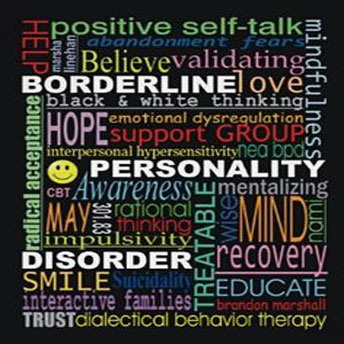 They may idealize someone one moment and then abruptly and dramatically shift to fury and hate over perceived slights or even minor misunderstandings. They may idealize someone one moment and then abruptly and dramatically shift to fury and hate over perceived slights or even minor misunderstandings.
This is because people with borderline personality disorder often have difficulty accepting gray areas — things seem to be either black or white.
|
|
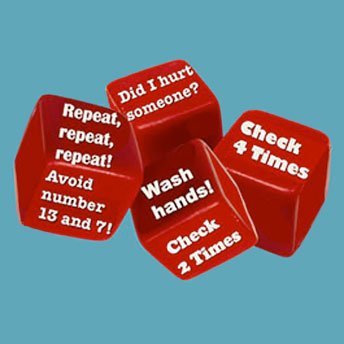 Obsessive-Compulsive Disorder Obsessive-Compulsive Disorder
OCD is another widely known disorder, but few understand it. Firstly, OCD isn’t an obsession with cleanliness. It can manifest in being clean, but that’s only one aspect.
Obsessive-Compulsive patients are often plagued with recurring thoughts, worries, and fears that can only be relieved by repeating tasks (cleaning, touching surfaces, making noises, etc.)
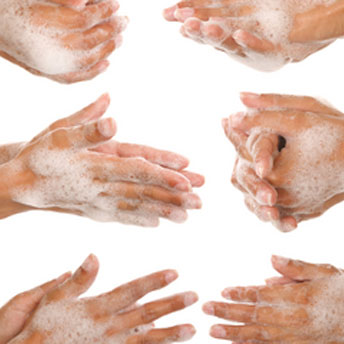 Obsessive-Compulsive individuals can realize their fears are unreasonable, but the anxiety will keep mounting unless they relieve them by their repetitive tasks. Obsessive-Compulsive individuals can realize their fears are unreasonable, but the anxiety will keep mounting unless they relieve them by their repetitive tasks.
Frequent, repetitive handwashing may be a sign of obsessive-compulsive disorder.
Common obsessive themes include:
Fear of contamination
Preoccupying fear of having a serious illness (Hypochondria)
Fears about being responsible for harming oneself or others
Relationship related obsessions
Persistent doubts
Persistent sexual concerns
Excessive symmetry, cleanliness and orderliness
Some of the common symptoms of OCD include:
Excessive washing or cleaning
Repeated checking of appliances
Applying rigid patterns and rules to the placement of objects
Repetitive counting and repeating words
Nervous rituals, such as touching, tapping, opening and closing a door with a certain part of the body (e.g. the elbow) or a certain number of times before entering or leaving a room
Other common compulsions such as excessive skin picking (Dermatillomania), hair pulling (Trichotillomania), nail biting (Onychophagia), compulsive buying disorder (CBD or Oniomania) or compulsive lying (Mythomania) may be related to a high level of distress and underlying anxiety. |
 Bipolar disorder has been talked about a lot. It has received vast media coverage and most individuals have at least a general idea of what it is.
Bipolar disorder has been talked about a lot. It has received vast media coverage and most individuals have at least a general idea of what it is.
 patients, but for the most part it manifests in irrational actions, heightened emotions, and lack of sleep during mania; and tiredness, aches, and lethargy during depression.
patients, but for the most part it manifests in irrational actions, heightened emotions, and lack of sleep during mania; and tiredness, aches, and lethargy during depression.
 Borderline Personality Disorder
Borderline Personality Disorder They may idealize someone one moment and then abruptly and dramatically shift to fury and hate over perceived slights or even minor misunderstandings.
They may idealize someone one moment and then abruptly and dramatically shift to fury and hate over perceived slights or even minor misunderstandings. Obsessive-Compulsive Disorder
Obsessive-Compulsive Disorder Obsessive-Compulsive individuals can realize their fears are unreasonable, but the anxiety will keep mounting unless they relieve them by their repetitive tasks.
Obsessive-Compulsive individuals can realize their fears are unreasonable, but the anxiety will keep mounting unless they relieve them by their repetitive tasks.